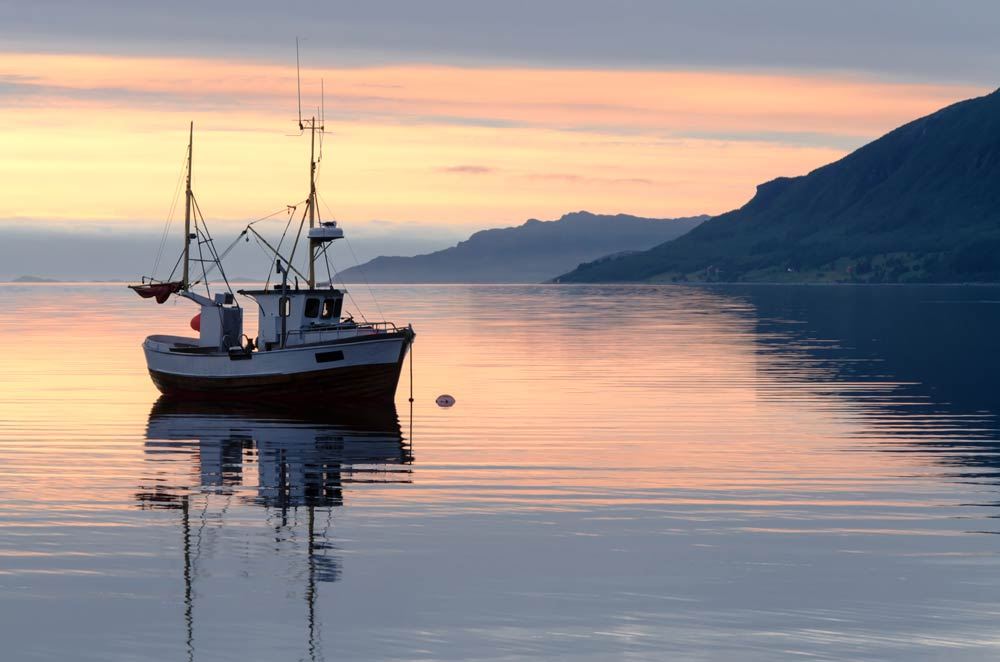The report was prepared by Stakeholder AS, on behalf of ZeroKyst, to map out greenhouse gas emissions by the fisheries and aquaculture industries at sea. It shows that greenhouse gas emissions from Norwegian fishing boats have fallen between the turn of the century and 2010, and then been stable for a while before starting to rise again. Today, emissions are at about 1.1 million tonnes, based on statistics by the Directorate of Fisheries, and at about 0.9 tonnes according to SSB (Statistics Norway).
For the aquaculture sector, the situation is different. Aquaculture has become a sizeable industry in Norway, and is poised to grow even more in the future. There are no reliable statistics showing direct emissions from fish farms in Norway, but based on existing reports, we estimate that these emissions are between 500 000 and 750 000 tonnes of CO2in 2021, by vessels linked to aquaculture activities in Norwegian waters. New statistics by Kystverket, gathered for this report, show an increase in CO2 emissions from the well-boats, which dominate aquaculture emissions, at 67 per cent from 2017 to 2021.
ZeroKyst director Erik Ianssen says it's not surprising that the fisheries and aquaculture industries have high emissions, and that it is important to work towards getting even more accurate numbers.
– No one has looked at these numbers before. It has been said that emissions need to be cut by 50 per cent, but no one knows what total we are cutting from, or where we are going. The biggest challenge is in the aquaculture industry. In that sector, there are talks of a tripling in volume, while diesel use has to go down by 50 per cent.
The technology developed by the ZeroKyst project is crucial to cutting emissions. Selling the solutions, meanwhile, will be an important challenge in the coming years.
– The industry has solutions, and people are willing to use them. But of course, it's an uphill battle, when everyone is expected to move away from something that works just fine to a new, different solution. It's often simpler to just continue using old solutions, says Ianssen.
Read the whole report about emissions from the fishery and aquaculture industries (in Norwegian)


